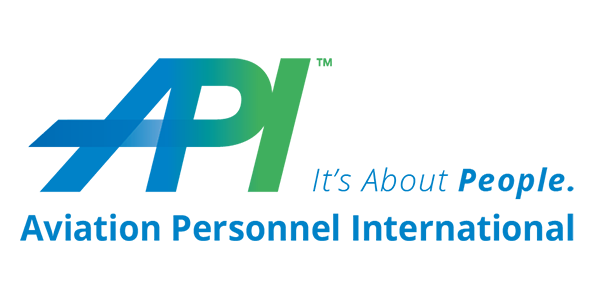In the past, we’ve talked about the onboarding process. That is, when a flight department integrates its new hires via a set of processes and training programs.
But what happens in the opposite situation?
What happens when an employee resigns or retires? Do you have an effective “offboarding” process in place?
And, what is the right way to go about it?
Why Offboarding Matters
Research tells us that while employee “onboarding” is widely practiced, only 29 percent of organizations have some form of employee exit strategy in place.
That’s why we encourage all aviation leaders to operate with the principle that offboarding is indeed a vital part of the job cycle. In fact, it’s nearly as important as getting new hires up and running effectively when they join the company.
It is a part of you company culture. Not to mention that the way in which you treat outgoing employees helps the remaining team members to stay engaged.
Taking Leave
The offboarding process is designed to ensure a smooth transition for the employee leaving, and to encourage him or her to share their expertise.
Company managers or department heads assemble and organize everything involved with an employee’s exit. And, in many cases, they’re actually reversing what happened in the onboarding process.
First, let’s talk about the wide range of reasons someone might leave their job. Among the many possibilities:
- They got another job and gave their two-week notice.
- They’re retiring and gave the company a month’s notice (if not much more).
- They’re being let go for cause (which means they might be a security risk).
- Their company is downsizing due to selling an aircraft.
- There’s a reduction in force (or “RIF”). (In the case of these “non-voluntary” departures, the offboarding process often includes “outplacement.”)
Of course, the circumstances under which someone departs will have significant bearing on the nature of his or her offboarding measures. Clearly, an employee who leaves due to “cause” requires a different process than someone retiring.
There’s really only one “wrong way” to offboard an employee, and that is to ignore them. Please do not wipe your hands of his or her service to the company. And definitely don’t take a “don’t-let-the-door-hit-you . . .” approach to their departure.
That’s a definite “lose-lose.”
Best Practices for Offboarding Employees
There are, however, a few best practices that apply to everyone being “offboarded.” Among them:
Communicate. Make sure to immediately communicate someone’s departure to the rest of the team, to help ensure that as little gossip and/or rumors surface. Let them hear about their peer’s departure from you, the manager, directly. Do it in person or via email.
Get buy-in. Have the person leaving be involved in their exit strategy so you can get buy-in on what they intend to accomplish in their time remaining. Get it in writing so there’s no “short-time syndrome” that occurs. If they have critical projects to finish, you might tie a bonus or severance to the last few assignments.
Limit productivity drops. Keep in mind that, when an employee leaves (even if there’s an immediate replacement), his or her day-to-day activities will be interrupted. Ask the employee to provide detailed documentation of how he or she executes their role in the company. Glean as much history and knowledge about their jobs as you can. Also, work with the departing employee to transition any external vendor relationships he or she had that you need to continue.
Emphasize team learning. If time is really short and you don’t have an identified successor for the employee leaving, you might schedule a meeting in which the departing employee shares some of the job’s ins and outs with his or her colleagues. The goal is to reveal insights into the departing employee’s thought process, and to help team members get a handle on how they might be able to help in the interim, until someone new is fully on-board.
Keep it friendly. Try to make sure that you end on good terms with the employee, so as not to negatively affect the company brand. Remember, we in aviation are in a small “everyone-knows-everyone” industry. Word spreads, and you want to try and keep your company’s brand reputation in tip-top shape.
Create a post-departure plan. There’s a lot that you can do make sure your company has a smooth transition once the employee leaves. You might consider drawing up a plan to consider all the eventualities that his or her departure might cause. One thing that’s often overlooked: make sure you have a way to handle their emails and phone calls once they’ve left.
Celebrate. If the employee leaving is a long-tenured member of your team, schedule a party if there’s time, to celebrate their moving on or retirement. Or host a goodbye lunch or happy hour in their honor, inviting some of their peers. By the same token, don’t forget to pass a “best-wishes” card around for all the departing employee’s team members to sign. Also, you might consider giving the employee a personalized going-away gift.
Keep it on the Up-and-Up! The best offboarding advice I can offer is to try and ensure your employees a graceful and trouble-free departure. Especially when a high-achieving employee is leaving, make sure you leave the door open for their possible return at some point in the future. Keep in touch with them, either through an employee alumni network or via social media.
Another important point, remember that companies such as API often offer an outplacement service. Our team is trained to help you smoothly transition employees who might be leaving due to a RIF or otherwise. Providing an offboarding resource for these employees can often turn a departure into a “win-win.”

